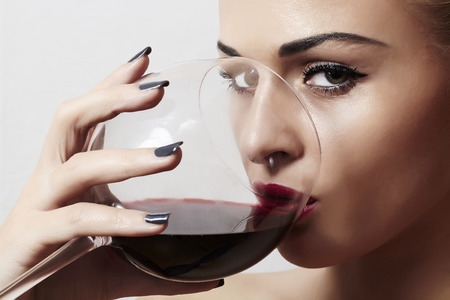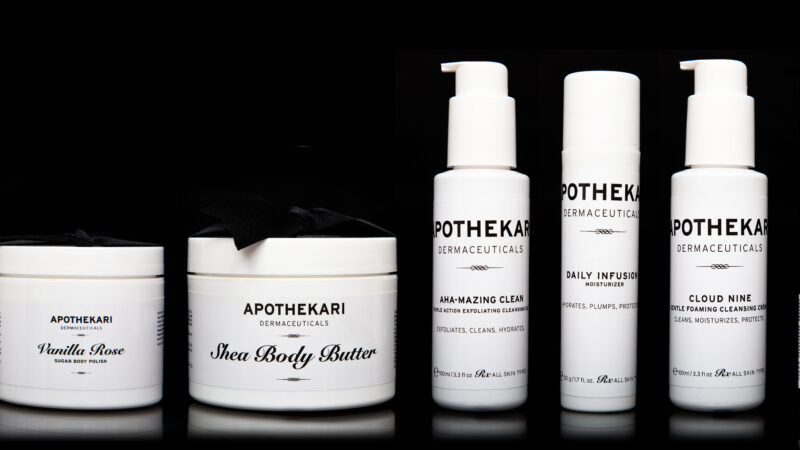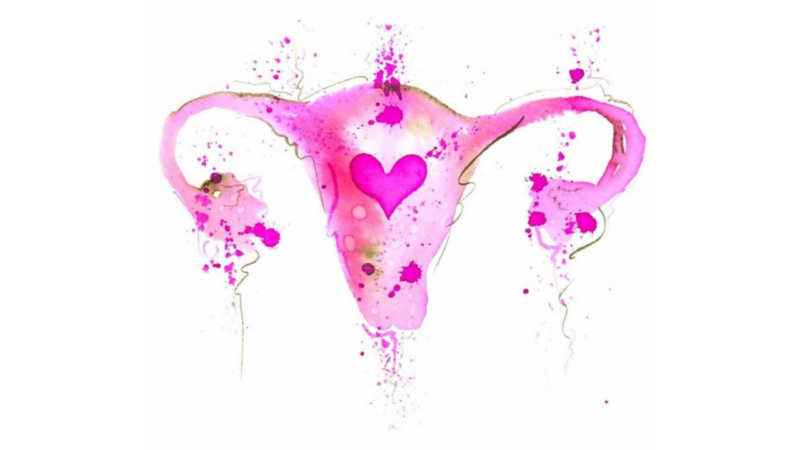As much as I love the holidays, I’m always a bit happy to be done with the indulgence. Don’t get me wrong – I love chocolates and wine as much as the next person but when January rolls around, I start to crave fresh, crispy salads, juicy berries and regular yoga classes. In addition to the few extra pounds that one is often left with during the season of excess, you may notice that your skin isn’t looking as fresh and dewy as normal. May I introduce “wine face”?
A term coined by Dr Nigma Talib, a naturopath in London; wine face, along with gluten face, dairy face and sugar face, outlines the effects that different foods can have on your appearance. I’ve already written about gluten face and sugar face and a new year seems the perfect time to visit wine face.
Dr Talib proclaims that ‘wine face’ typically happens to those who consume one or two glasses of wine most nights of the week, however it can be triggered by any kind of alcohol. Alcohol is dehydrating to skin, so it can make fine lines and wrinkles look worse. It is also implicated with the inhibition of the enzyme that the body uses to fight inflammation leading to highly coloured cheeks and a red nose. This can be exacerbated by the fact alcohol can cause the delicate capillaries of the cheeks and nose to dilate, drawing blood to the surface of the skin. With frequent alcohol consumption, the face may attain a permanent ruddy appearance.
The main symptoms of wine face include:
- Lines or redness between the eyes
- Saggy eyelids
- Enlarged pores
- Facial redness
- Deep laughter lines
- Dehydrated skin with feathery lines across the cheeks
Fortunately, there is a cure and it really isn’t that bad. The doctor recommends taking a short alcohol break (three weeks, to allow your gut to rebalance) then sticking with an 80/20 rule – abstain for 80 per cent of the time, but enjoy an odd glass in the other 20 per cent.
Who’s in for dry January?




